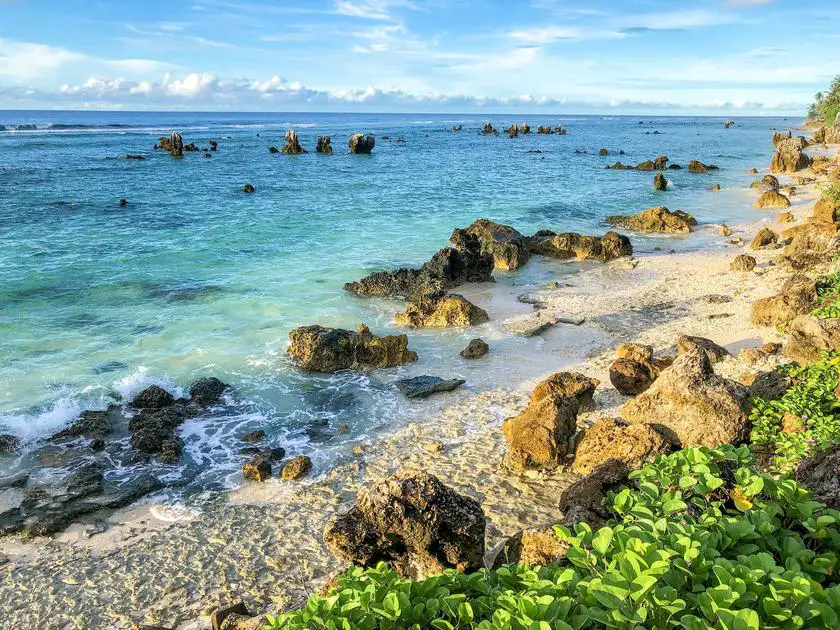We all love having a clean and clear pool to swim in, but one factor that can put a damper on that is the presence of algae. No one wants to take a dip in a slimy, green mess. Additionally, dealing with a dirty sand filter can be a total headache. But does a dirty sand filter actually contribute to algae growth? In this article, we’ll explore the connection between these two issues and provide some foolproof prevention tips.
The answer you’re looking for is yes, a dirty sand filter can play a role in promoting algae growth. Keep reading to learn about why this happens and what you can do to keep your pool pristine all season long.
Dirty Sand Filters and Algae Growth: The Connection
How a Sand Filter Keeps Your Pool Clean
Your pool’s sand filter is an essential part of the circulation system. It traps debris, dirt, and contaminants that would otherwise cloud your pool and make it an unpleasant place to swim.
The issue with a Dirty Sand Filter
A sand filter that isn’t properly cleaned or maintained can become overwhelmed with debris, causing it to lose its efficiency in removing contaminants from the water. This obstruction can slow the flow of water through your pool’s circulation system, leading to stagnant water and poor distribution of sanitizers. Inadequate sanitization encourages the growth of unwanted algae.
Increased Algae Growth
Algae are microscopic organisms that can multiply rapidly in ideal conditions. They thrive in areas with low water flow, warm temperatures, and high nutrient levels. When a sand filter is dirty and isn’t adequately filtering the water, it provides the perfect environment for algae to flourish.
Prevention Tips
To avoid the unpleasant issue of algae growth due to a dirty sand filter, simply follow these tips for maintaining your pool and sand filter:
- Regularly backwash your sand filter:
- Backwashing your sand filter involves reversing the water flow through the filter to clean out the trapped debris, which helps maintain its efficiency. The frequency of backwashing depends on your pool usage, but generally, it should be done every few weeks if the pool water is cloudy or when the filter’s pressure gauge indicates high pressure.
- Replace the sand in your filter periodically:
- Over time, the sand in your filter can become less effective at trapping debris, so it’s crucial to replace it every 5 to 7 years, or as directed by the filter manufacturer.
- Maintain proper pool chemistry:
- Keep an eye on your pool’s water chemistry and adjust it as needed to keep algae growth at bay. Test your pool water regularly and maintain the recommended levels of sanitizer, pH, and alkalinity.
- Physically remove debris:
- Routinely remove any debris, such as leaves and other organic matter, from your pool using a skimmer or vacuum. This helps prevent nutrient buildup and reduces the likelihood of algae growth.
- Circulation:
- Keep your pool’s water circulation system operating properly by running the pool pump for an adequate amount of time each day. This ensures that the sanitizer is evenly distributed, which helps prevent algae growth.
FAQs
- Can a dirty sand filter lead to other pool problems?
- Absolutely. Besides encouraging algae growth, a dirty sand filter can also lead to other issues, such as poor water circulation, strained equipment, decreased sanitizer effectiveness, and cloudy water.
- Can I use a different type of filter to avoid these issues?
- While all pool filters require some maintenance, you might consider using a cartridge filter or diatomaceous earth (DE) filter, as they could be more efficient in some cases than a sand filter. However, each type of filter has its own pros and cons, so it’s crucial to evaluate your unique pool needs before making a decision.
- Is algae always bad for my pool?
- Algae growth is generally not desired in a swimming pool, as it can create a slippery surface, clog filters, and make the water look unsightly. Some types of algae can even be harmful to swimmers. However, certain types of algae may actually be beneficial to your pool when kept under control, such as reducing excess nitrate levels.
- How can I identify if my pool has an algae problem?
- Some signs you may have an algae problem include:
- Green, yellow, or black patches on the pool’s surface
- Cloudy pool water
- An unpleasant smell
- Swimming pool surfaces that feel slimy or slippery
- How can I get rid of algae if I already have it?
- If your pool has an algae issue, you’ll want to:
- Test and adjust your pool water chemistry
- Brush and vacuum all surfaces of the pool
- Use a pool shock treatment to kill the algae
- Add an algaecide to help prevent future growth
Conclusion
In conclusion, a poorly maintained sand filter can undoubtedly contribute to algae growth in your swimming pool. By keeping your sand filter and pool properly maintained, you can enjoy a refreshing and algae-free swim all summer long. So, roll up your sleeves, take care of that sand filter, and get ready to dive in!

